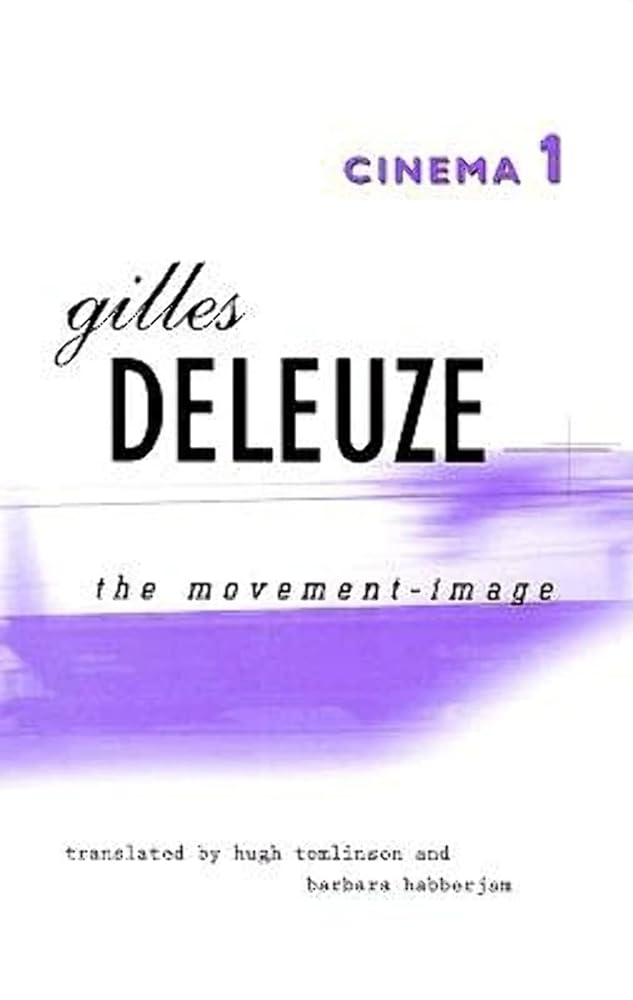Condition:
Gilles Deleuze
Cinema 1: The Movement-Image
Cinema 1: The Movement-Image
Couldn't load pickup availability
A revolutionary work in philosophy and a book about cinema that identifies three principal types of image-movement using examples from the work of a diverse group of filmmakers including Griffith, Eisenstein, Cassavetes, and Altman.
First published in France in 1983, this is at once a revolutionary work in philosophy and a book about cinema. For Deleuze, philosophy cannot be a reflection of something else; philosophical concepts are, rather, the images of thought, to be understood on their own terms. Here he puts this view of philosophy to work in understanding the concepts—or images—of film.
Cinema, to Deleuze, is not a language that requires probing and interpretation, a search for hidden meanings; it can be understood directly, as a composition of images and signs, pre-verbal in nature. Thus he offers a powerful alternative to the psychoanalytic and semiological approaches that have dominated film studies.
Drawing upon Henri Bergson’s thesis on perception and C. S. Peirce’s classification of images and signs, Deleuze is able to put forth a new theory and taxonomy of the image, which he then applies to concrete examples from the work of a diverse group of filmmakers—Griffith, Eisenstein, Pasolini, Rohmer, Bresson, Dreyer, Stroheim, Buñuel, and many others.
Because he finds movement to be the primary characteristic of cinema in the first half of the twentieth century, he devotes this first volume to that aspect of film. In the years since World War II, time has come to dominate film; that shift, and the signs and images associated with it, are addressed in Cinema 2: The Time-Image.
Share
Published: 1986
Binding: Paperback
ISBN: 9780816614004
Size: 13.97 x 1.78 x 21.59 cm
View full details


